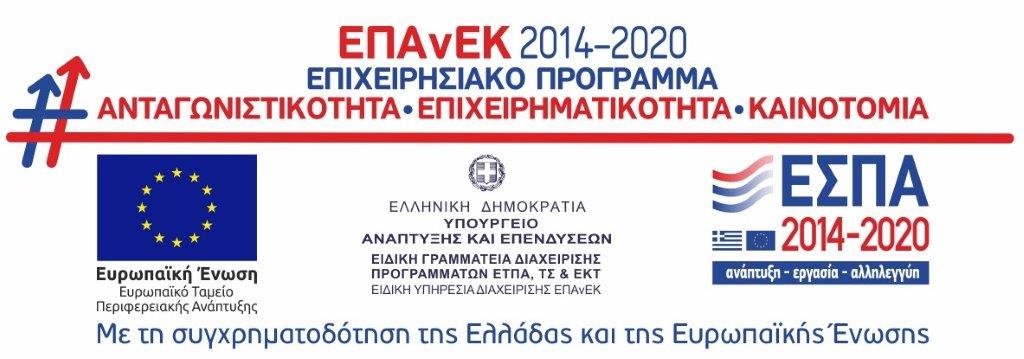Liposuction is one of the most common aesthetic plastic surgery procedures worldwide. This procedure corrects the silhouette of the body and is addressed to people who have already tried to lose weight through diet or exercise. It is not a slimming method, as the largest amount of fat we can remove is 3-4 liters.
It can be combined with other body contouring procedures such as abdominoplasty, breast lift, thigh lift, brachioplasty. The fat that is removed can be transferred by liposuction to parts of the body or face, such as the buttocks, breasts, nasolabial folds, cheeks and lower eyelids.
The most common liposuction techniques are the following 3:
Tumescent Technique
This is the most common liposuction technique. No incisions are made and through 2-3 holes, 2-3 mm in size, we inject a saline solution into the fat to be suctioned. The solution also contains a local anesthetic along with adrenaline, to minimize blood loss and reduce pain as much as possible. The fat cells absorb the fluid and are destroyed, expelling their contents. With thin cannulas, we suck out the damaged fat cells until we achieve the desired result.
Power Assisted Liposuction
It is a variation of the previous technique. The whole process relies on an electric cannula with 24 holes and a vibration rate of 4000 times per second. The advantage of this technique is that we do not damage the vessels and sensory nerves of the area and it is easier to do in areas such as the calves and ankles.
Ultrasound Assisted Liposuction
In this technique, special cannulas are used which, with the help of ultrasound, destroy the fat cells selected without affecting the surrounding connective tissue, vessels and nerves. It has a greater indication in areas with hard fat, such as the chest in men or the back. Its disadvantage is a slight possibility of skin or subcutaneous tissue burning.
Post-operative Instructions:
Use lastex for 4 weeks, return to work in 5 days and to gymnastics in 1 month.
The final result is visible 6 weeks after the procedure. If a small amount of skin loosening occurs after surgery, radio frequency treatment may follow in the doctor's practice.
The most common areas where fat accumulation is observed and we can apply all the above techniques with great results are the following: Hips - outer surface of thighs, waist, knees (inner side), abdomen, double chin - cheeks, back, inner thighs, ankles - calves, arms.
At younger ages the results are even better, because the skin is more elastic and the risk of sagging is much lower compared to older ages.
